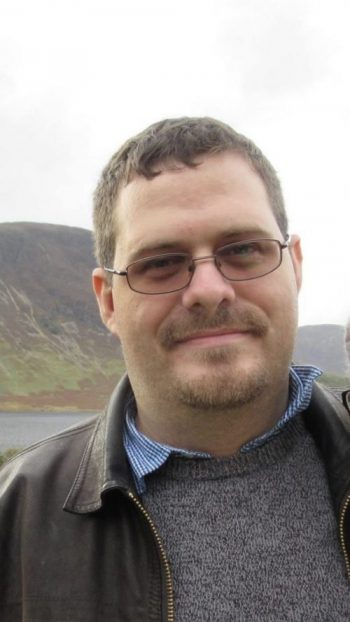
EPSRC has awarded a three year grant to enable the Saines group to accelerate their work on magnetocaloric frameworks.
Magnetocalorics, which are materials that exhibit an entropically driven cooling process when in a cycled magnetic field, are an efficient way of cooling at ultra-low temperatures. Work led by Dr Paul Saines, group leader of the wider MEE group, has shown these materials are promising for use in cooling between 4 and 20 K. This has potential uses in cooling superconducting magnets, used for example in medical imaging, high grade infrared sensors for security and astronomy and quantum computers. This should enable us to reduce our dependence on scarce and expensive liquid He by developing more energy efficient He technologies.
To pursue this aim EPSRC has funded the Saines team to lead a project to develop magnetocaloric materials to replace liquid He. This is as part of a £622k collaboration with Professor Malte Grosche, Head of the Quantum Matter group at the Cavendish laboratory at the University of Cambridge. Work at Kent will focus on developing new magnetocaloric materials based on coordination frameworks that contain metal cations linked by ligands with more than one atom in their molecular units. This choice of materials is driven by their tendency to exhibit crystal structures that feature magnetic chains or sheets that can have conflicting magnetic interactions within them that cannot be all simultaneously satisfied, leading to magnetic frustration. The Saines team have already shown that such materials tend to have magnetocaloric properties optimised for use in the desired temperature range and the low applied magnetic fields that can be generated by permanent magnets, which is key to practical applications. Once optimised materials are found these will then be subject to further characterisation of the magnetic and physical properties at Cambridge with the aim of developing prototype cooling devices.
This project will commence in September and fund a postdoc and PhD student to complete at Kent. It is anticipated the postdoc will focus more on the synthesis and magnetic property characterisation of these materials while the PhD student will study the most promising materials using neutron scattering to understand how their microscopic interactions relate to their physical properties, which will lead to the development of rule for optimising materials. These positions will be advertised shortly and interested candidates are very welcome to contact Paul ahead of this to discuss the posts.